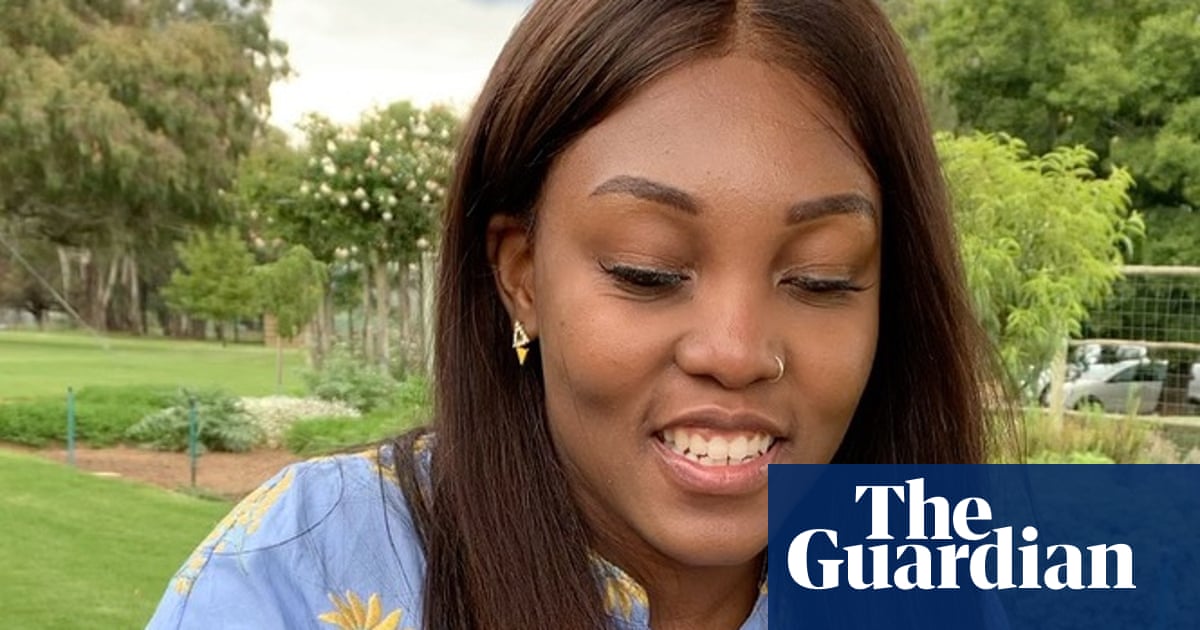A wave of anger and frustration has grippedSouth Africaafter the murder of 30-year-old Olorato Mongale, allegedly by a man she went on a date with. It is the latest in a series of high-profile cases of violence against women and children in the country.
Friends of Mongale, a former journalist who had been studying for a master’s degree in ICT policy, raised the alarm when she stopped checking in with them while on a date in Johannesburg on 25 May. Her body was found that day.
The main suspect, Philangenkosi Makhanya, was killed in a shootout with police five days later, while another suspect, Bongani Mthimkhulu, remains on the run. South African police said more than 20 women had come forward to claim the two men had kidnapped and robbed them after masquerading as suitors at malls across SouthAfrica, in what police called a “romance dating scam”.
South Africa has one of the highest rates of femicide in the world, according to available data. In the year to 31 March 2024, more than 27,600 people were murdered, 5,578 of them women and 1,656 children, according to South African policedata.
Globally, in 2023, approximately 1.3 women per 100,000 were killed by an intimate partner or relative,according tothe United Nations Office on Drugs and Crime. The South African Medical Research Council (SAMRC) found that during the first year of the Covid-19 pandemicthe rate was 5.5.
Cameron Kasambala, the community manager at the advocacy groupWomenFor Change, said: “Women die no matter what they do. They’ve been stabbed while they sleep, shot in broad daylight and had their houses burned down by former partners.”
She pointed to the violent repression of South Africa’s black majority by the white minority during apartheid, which ended more than three decades ago. “Men compensate by becoming hypermasculine, by being violent and aggressive … It’s rooted in our violent history and exacerbated by poverty and substance abuse,” said Kasambala.
Other high-profile cases have included Racquel “Kelly” Smithselling her six-year-old daughter Joshlin, and that of Uyinene Mrwetyana, a student whose rape and murder in 2019 sparked huge protests. However, activists emphasise that thousands more go unnoticed every year.
In April, Women For Change handed over apetitionwith 150,000 signatures demanding that the government declare “gender-based violence and femicide” (GBVF) to be a national disaster. Kasambala said: “This stance will then filter down to the police, the courts and hospitals.”
Sindisiwe Chikunga, the minister for women, youth and persons with disabilities, replied in aletter: “The government remains fully committed to a whole-of-society, multi-sectoral response to the GBVF crisis.” She did not mention the national disaster demand.
Naeemah Abrahams, who leads the SAMRC’s femicide research, said: “When we try and solve it, it’s not going to be just the law. We’ve got great laws.”
Social norms around men being financial providers fuel violence, Abrahams said, with many believing, “if women step out of these societal expectations, she should be corrected for it”.
Mongale’s loved ones were incredibly proud of her achievements, said Criselda Kananda, the best friend of Mongale’s mother, Keabetswe. These included teaching English in South Korea and buying a flat in her home city of Bloemfontein.
Kananda said: “Olorato was such a bubbly ball of energy, who just lit up any space that she entered, who never took no for an answer.”
On Monday, Mongale’s mother went to her only child’s apartment for the first time since her death and found baking ingredients ready to make a cake. Kananda said: “We really are struggling … It’s things like these that are now painting a reality that she is no more.”
